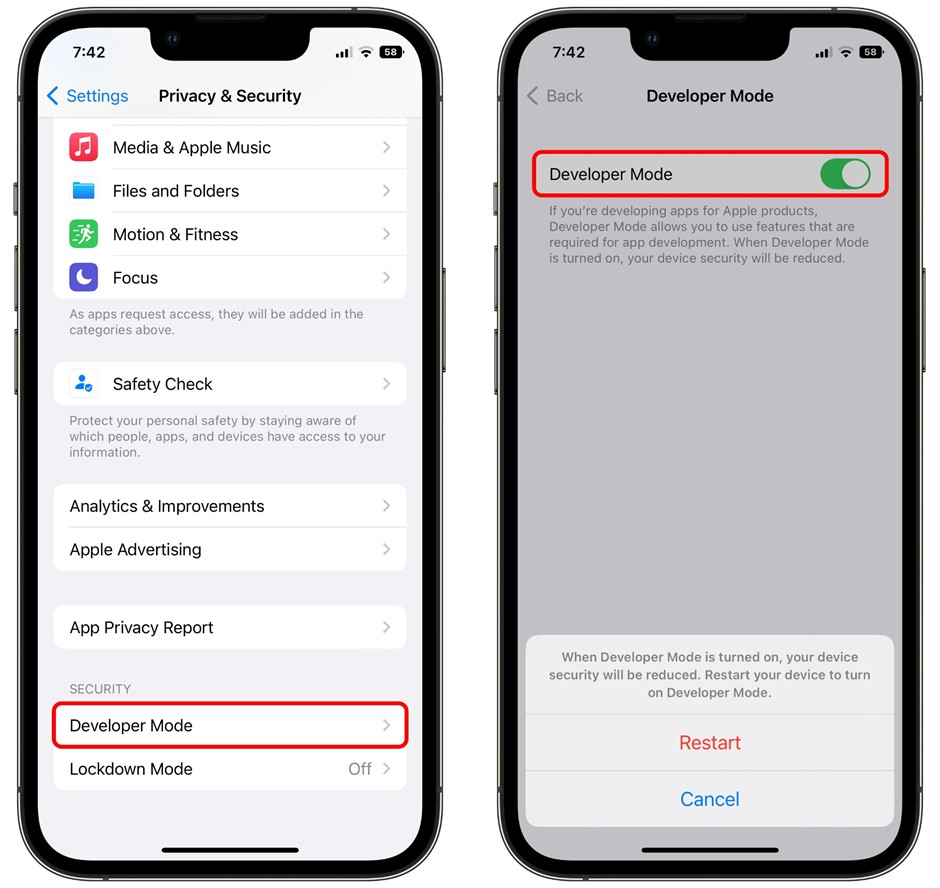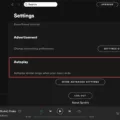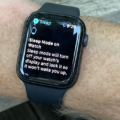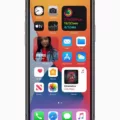
Running a beta build that never hit the App Store or keeping an old favorite alive often calls for IPA file installation. An IPA is an iOS app package, basically a zipped bundle holding every file the app needs.
Drop it into AltStore, Apple Configurator, or a trusted MDM and you can install apps on iPhone or iPad without waiting for App Store approval. Developers use this route for test flights, power users for sideloading, and enterprises for distributing in-house tools.
How to Install an IPA File Using iTunes
Install on a computer running the legacy iTunes 12.6.5.3 build that still shows the Apps tab. After turning off automatic updates, sign in with the same Apple ID, plug in the iPhone or iPad, and click the device icon.
Drag the IPA into My Apps, click Install beside its name, then hit Sync so iTunes copies the signed bundle over USB. If a trust alert appears, unlock the device, tap Trust, and open the app.
Installing IPA Files on iPad with AnyTrans
Adding out-of-store apps is a breeze with AnyTrans. Launch the desktop tool, connect the iPad, open Device Manager, then drop the .ipa into Apps.

AnyTrans signs and installs the file in seconds, no jailbreak or command-line tricks. The built-in app management panel helps to keep all your installs organized and lets you back up or delete with one tap. Export also lets you transfer IPA files to iPad test units.
Installing IPA Files on iOS with Xcode
Plug your iPhone in, open Xcode, and the Devices and Simulators window becomes the express lane. First install and launch Xcode, accept the license, then enable Developer Mode on the handset.
In the window, pick your connected device, press the plus icon, drop the IPA, and watch Xcode sign and load it. This quick route lets anyone in iOS app development circles install IPA with Xcode and easily install apps via Xcode for hands-on testing.
Installing IPA Files from an iPhone to an iPad
Cloning a sideloaded build across devices is simple. Keep the IPA on a Mac, plug in the iPad, and open Apple Configurator 2. Drag the package onto the iPad entry, enter Apple ID credentials, and the tool signs then installs.
Over-the-air distribution works too: upload the IPA to TestFlight or send an AltStore installation link, sign in with the same account, and tap Install. AirDrop only moves the file; you still open it with your sideload utility before launch.
Opening and Using IPA Files on iOS Devices
Tap the freshly installed icon to open IPA files right away. If a warning pops up, head to Settings > General > VPN & Device Management, tap the developer profile, and trust it.
iOS 16 or newer may also prompt to flip on Developer Mode under Privacy & Security.

Agree and restart. Return to the Home Screen, launch again, and start using IPA apps.
Common Issues with IPA File Installation on iOS
Seeing the progress circle vanish without an app to show for it often means the IPA file is not installed, because the build targets newer firmware than the device can handle. Check iOS version compatibility in the IPA’s metadata. Update or grab an older build if it mismatches.
Still stuck? Free space, trust the developer profile, then resign the bundle to fix IPA installation errors. Finish with a clean reinstall using a sideload tool and console logs to troubleshoot IPA file problems.
Downloading IPA Files to iPhone Without iTunes
Downloading an IPA straight to your iPhone still starts on a computer. Install AltStore or Sideloadly on macOS or Windows, sign in with your Apple ID, plug the phone in, then let the tool re-sign the package before pushing it over Lightning or Wi-Fi.
After the first setup, AltStore renews apps from the handset itself, so future updates land without iTunes. A paid developer account lifts the weekly re-sign limit and drops the cable altogether.
What is the Meaning of IPA in Relation to iOS?
The definition of an IPA file boils down to a zipped bundle holding an app’s binary, icons, and metadata. This special package is the default iOS app format, letting Apple devices recognize it as a ready-to-install archive.
The meaning of IPA is iOS Application Archive, also known as the App Store package. After code signing passes, IPA in iOS reaches devices through the App Store, TestFlight, or sideload methods such as Xcode or AltStore.
Conclusion: Installing IPA Files on iOS Devices
Installing IPA files comes down to picking the right route and tweaking a few settings first. Official developer software lets you drag and drop packages directly, while over-the-air manifests and third-party sideload utilities offer no-cable options.
Whichever path you choose, a valid signing certificate and trusted profile keep apps launching cleanly. Use these iOS app installation tips with the right tools to simplify your app management and confidently install IPA files without hiccups.








